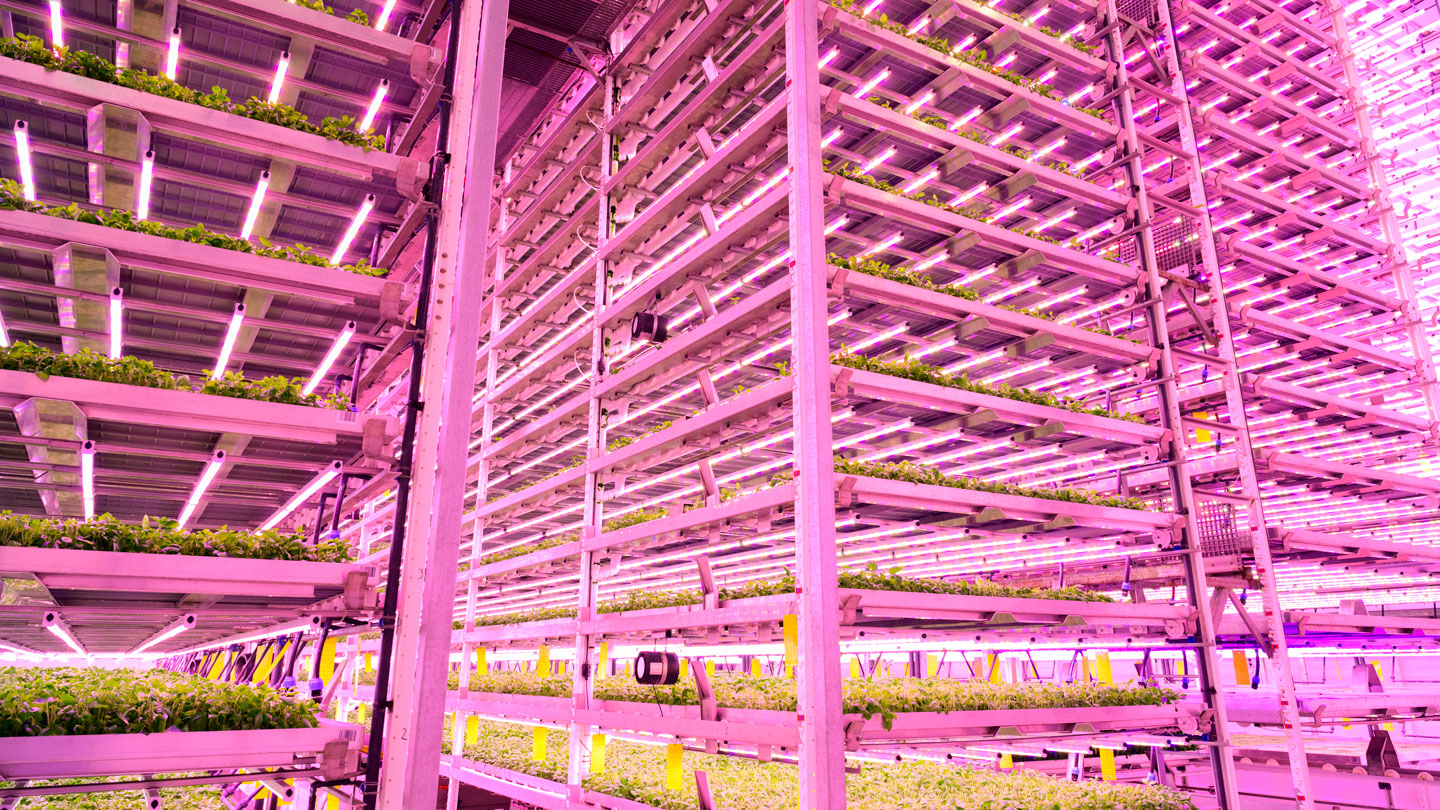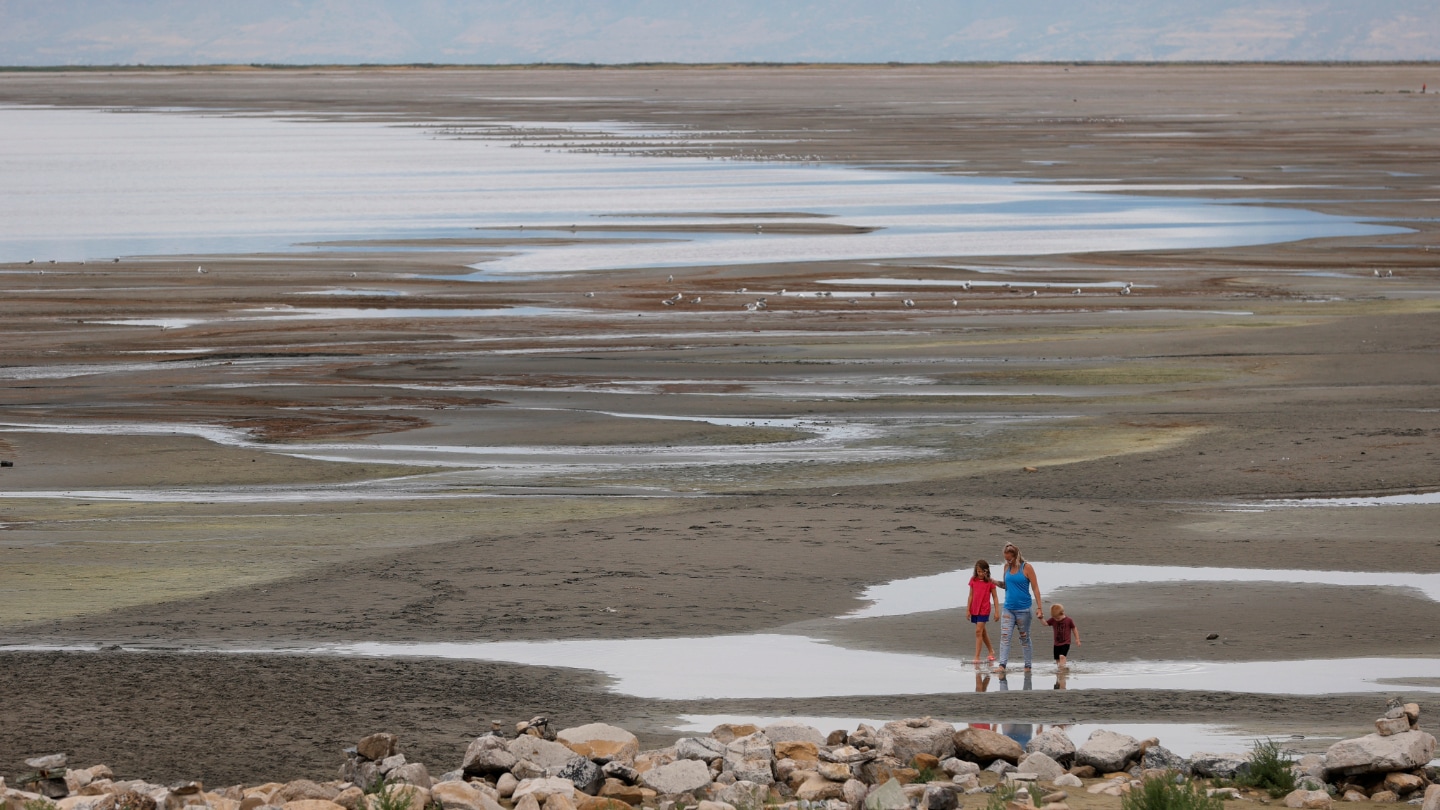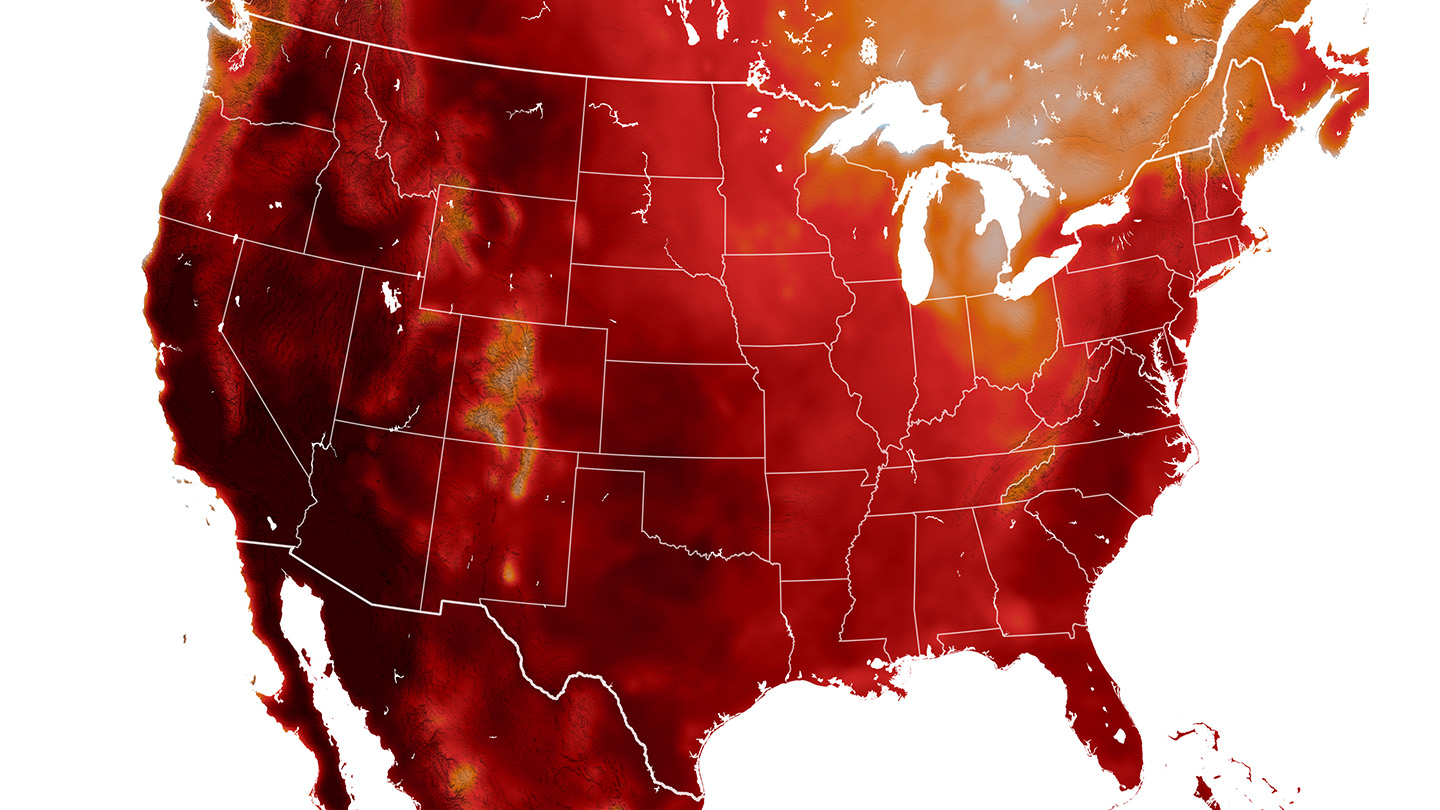Extreme Climate Survey
Science News is collecting reader questions about how to navigate our planet’s changing climate.
What do you want to know about extreme heat and how it can lead to extreme weather events?
This “smart lighting” could potentially cut vertical farms’ electricity costs by up to 12 percent, says Leo Marcelis, a horticulturist at Wageningen University in the Netherlands. That could save some farms tens of thousands of dollars annually, according to the 2021 Global CEA Census Report — a survey of the indoor and controlled environment agriculture industry — and Marcellis’ own projections.
But how might indoor crops fare under dynamic lighting? Marcelis and colleagues tested how leafy greens such as basil, spinach and arugula reacted to light patterns that changed hourly. One group of plants grew under high- then low-intensity lighting intervals. Another group grew under light that was more intense in the morning and dimmer in the afternoon. Both groups’ mature weight and leaf area — which can determine a plant’s value in the supermarket — were about the same as plants grown under fixed intensity lights.
The new computer program didn’t determine the experimental lighting conditions, but the team now knows that indoor farms have room to save on electricity. Continued research that tests dynamic lighting on larger scales is needed, Marcelis says. He plans to continue experimenting with how much dynamic lighting indoor crops can handle.
The study “seems to be a very good proposal to start more research,” says Fatemeh Sheibani, a plant physiologist at Purdue University in West Lafayette, Ind. But she emphasizes that the work is preliminary, and that dynamic lighting is “not a near-term benefit for vertical farming.”
*
Source link





No comments! Be the first commenter?